PRP Hair Therapy, or Platelet-Rich Plasma Therapy in Dubai is a cutting-edge yet natural approach to combat hair thinning and restore receding hairlines. It involves using a concentration of a patient’s own platelets to stimulate hair follicles and promote growth. As the demand for non-surgical hair restoration rises, PRP has become increasingly popular for those seeking a safer and more holistic treatment. Backed by science and widely used in dermatology and orthopedics, PRP is now recognized for its powerful regenerative properties in aesthetic medicine—particularly for hair loss.
How PRP Therapy Works: The Science Behind It
PRP therapy is rooted in the body’s own natural healing processes. Blood consists of several components, including red cells, white cells, and platelets. Platelets contain growth factors that aid in healing damaged tissues and promoting cell regeneration. During PRP hair treatment, a small amount of your blood is drawn and spun in a centrifuge to isolate the platelet-rich plasma. This plasma, rich in growth factors like PDGF (platelet-derived growth factor), VEGF (vascular endothelial growth factor), and TGF (transforming growth factor), is then injected into areas of the scalp with thinning or receding hair. These growth factors stimulate dormant hair follicles, improve blood supply to the area, and prolong the hair growth phase (anagen), leading to thicker, healthier hair over time.
Step-by-Step Procedure: What to Expect During PRP Hair Treatment
- Consultation: The doctor evaluates the cause and severity of your hair loss and checks if you are a good candidate for PRP.
- Blood Draw: Approximately 10–20 ml of your blood is drawn from your arm, similar to a routine blood test.
- Centrifugation: The blood is placed in a centrifuge machine that spins it at high speeds to separate the platelet-rich plasma from other components.
- Activation and Injection: The PRP is collected in syringes and injected into targeted areas of the scalp using micro-needles.
- Post-Care: Mild redness or sensitivity may occur, but there is no downtime, and most patients resume activities immediately.
Table: PRP Hair Therapy at a Glance
| Feature | PRP Hair Therapy |
|---|---|
| Type of Treatment | Non-surgical, injectable |
| Source Material | Patient’s own blood |
| Target Area | Thinning scalp, receding hairline |
| Treatment Time | 45–60 minutes |
| Anesthesia Required | Usually not, sometimes topical numbing |
| Recovery Time | Minimal to none |
| Number of Sessions | 3–6 sessions (monthly), then maintenance |
| Results Visible | 3 to 6 months after initial treatments |
| Risks | Minimal (since it uses autologous blood) |
Key Benefits of PRP for Hair Restoration
- Natural and Safe: Since PRP is derived from your own body, the risk of allergic reactions or complications is extremely low.
- Stimulates Dormant Follicles: Growth factors in PRP reawaken inactive follicles and boost existing ones.
- Improves Hair Thickness and Density: Patients typically notice fuller, thicker hair in treated areas.
- Minimal Downtime: Most individuals return to work or regular activities the same day.
- Suitable for Both Genders: Effective in men and women experiencing early stages of pattern hair loss or general thinning.
Who Is a Good Candidate for PRP Hair Therapy?
PRP works best for individuals experiencing early hair thinning or receding hairlines rather than complete baldness. It is effective for both androgenetic alopecia and diffuse thinning. Ideal candidates include:
- Individuals with mild to moderate hair loss
- Those who are not ready or not eligible for hair transplant surgery
- Patients looking for a natural, non-invasive solution
- People with healthy platelet levels and no severe scalp conditions
Combining PRP with Other Therapies
For enhanced results, PRP is often combined with other treatments. This multi-modality approach includes:
- Microneedling: Creates microchannels to enhance PRP absorption
- Low-Level Laser Therapy (LLLT): Increases blood flow to follicles and works synergistically with PRP
- Minoxidil or Finasteride: Improves scalp environment and prevents further loss
- Hair Transplant Surgery: Used post-transplant to improve graft survival and accelerate healing
Limitations and Expectations
While PRP hair treatment(علاج الشعر بالبلازما الغنية بالصفائح الدموية ) offers excellent results for many, it is not a miracle cure. It requires consistency and maintenance. Results typically become visible after the third session, and regular maintenance treatments every 4–6 months are advised. It may not be suitable for individuals with extensive baldness, platelet disorders, or autoimmune diseases.
Frequently Asked Questions (FAQs)
1. Is PRP hair therapy painful?
Most patients experience minimal discomfort. Some clinics apply a topical anesthetic to reduce sensation during injections.
2. How soon will I see results?
Results begin to appear between 3 to 6 months. Hair becomes thicker, and new hair growth is visible in treated areas.
3. Are there any side effects?
Side effects are rare and may include mild redness, swelling, or tenderness at the injection site for 24–48 hours.
4. Can PRP regrow hair in bald spots?
PRP is most effective on thinning hair and is less effective on completely bald areas where follicles are no longer active.
5. How long do the results last?
With proper maintenance, results can last several years. However, since hair loss is progressive, regular sessions are recommended.
6. Is PRP FDA-approved?
While PRP for hair loss is not specifically FDA-approved, it is widely used off-label and considered safe due to its autologous nature.
7. Can I wash my hair after PRP?
It’s recommended to wait at least 24 hours before washing your hair to allow the PRP to absorb effectively.
Final Thoughts:
PRP Hair Therapy stands at the intersection of nature and innovation. Using your own body’s regenerative capabilities, this treatment offers a promising alternative to drugs or surgery for many experiencing hair thinning or early hair loss. While not a one-time cure, its benefits build with consistency, offering fuller, stronger hair over time. For those looking for a safe, non-invasive method to restore their hairline and confidence, PRP Hair Therapy remains one of the most compelling and scientifically sound options available in modern aesthetic care.

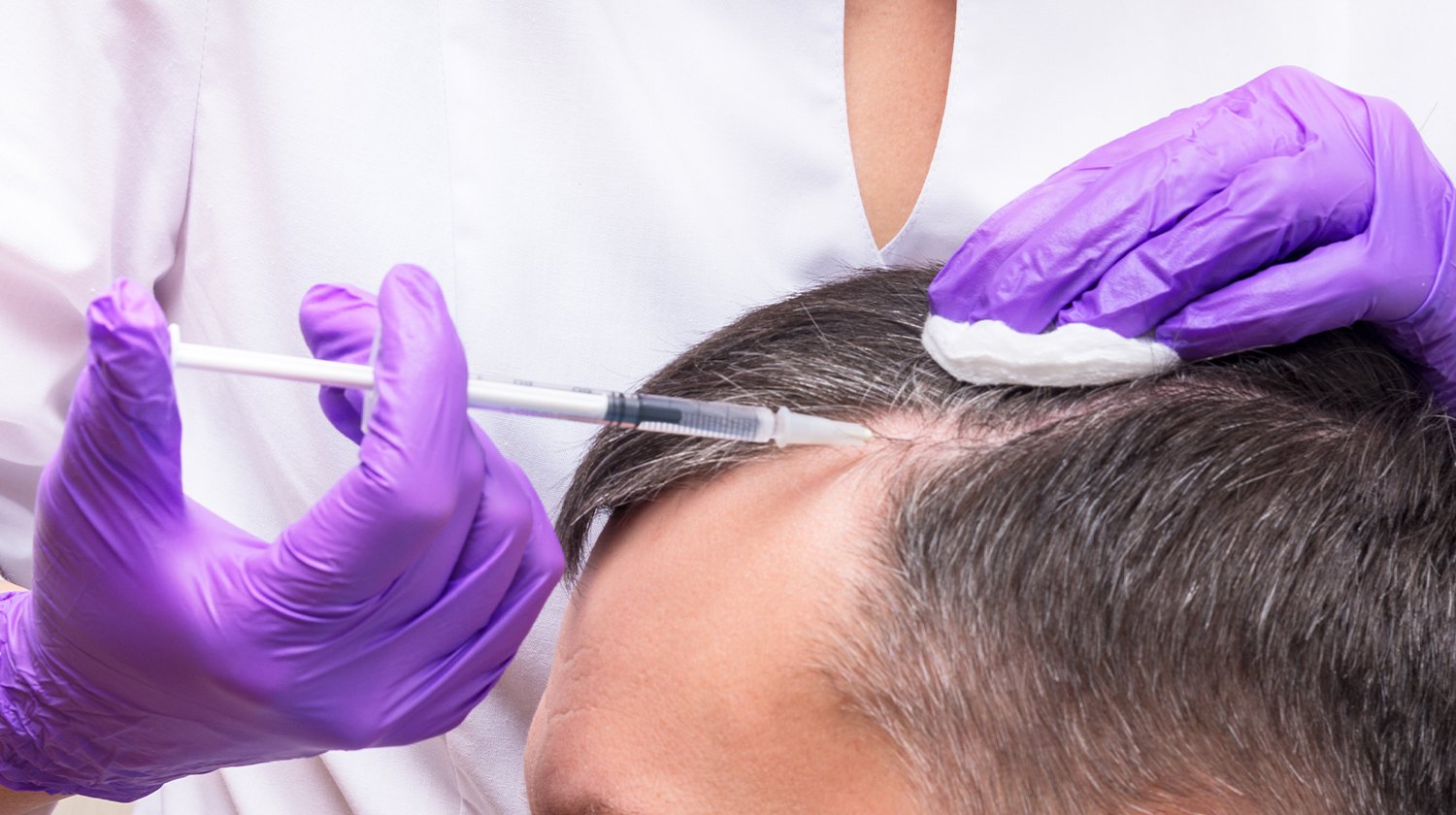


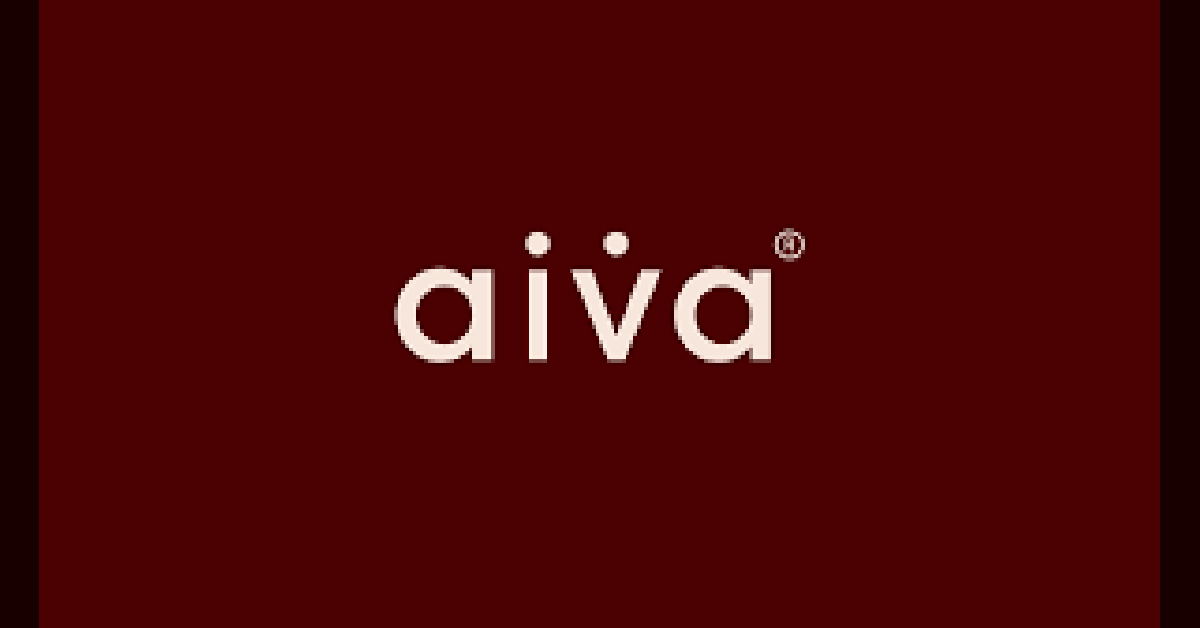
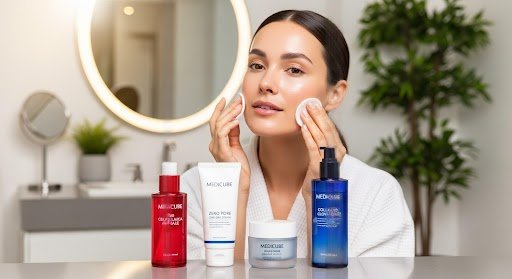
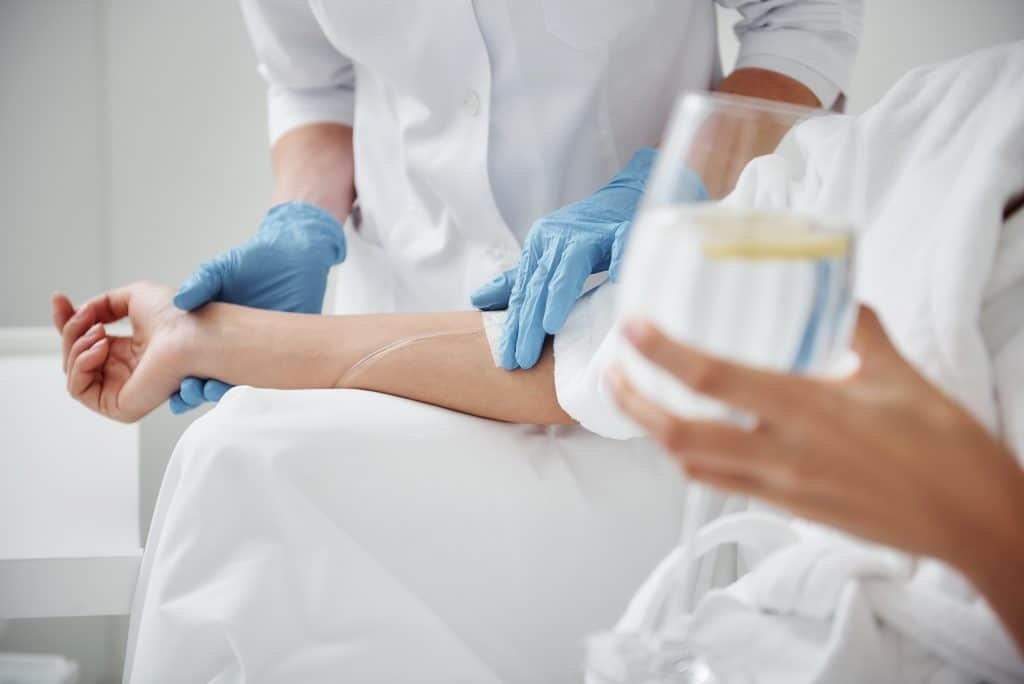
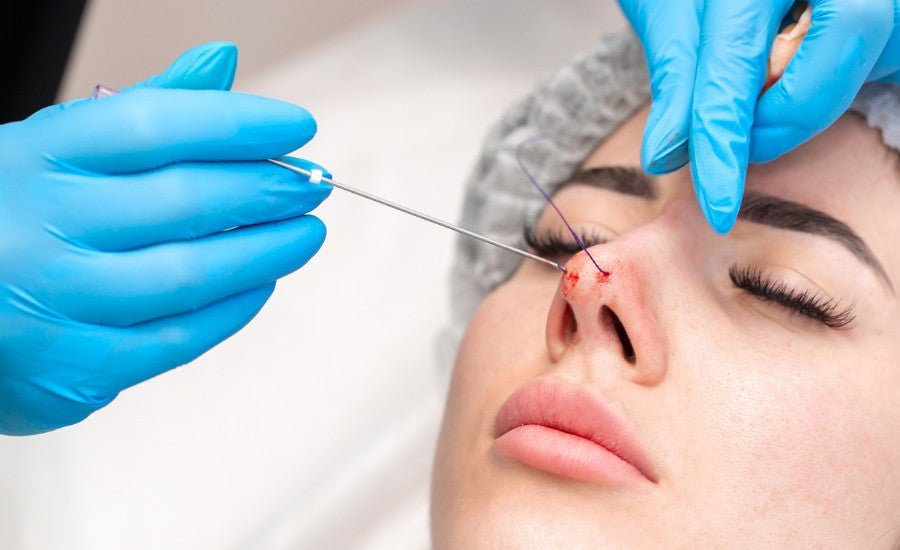
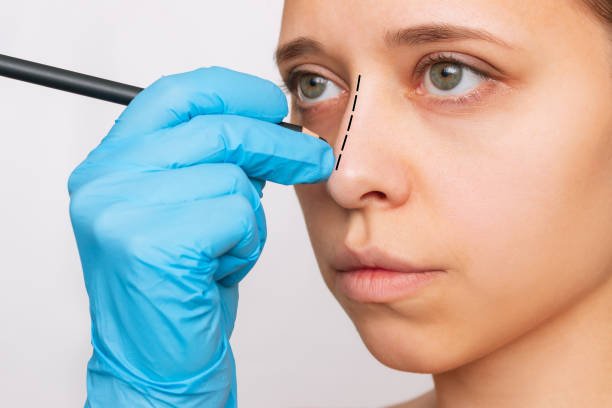
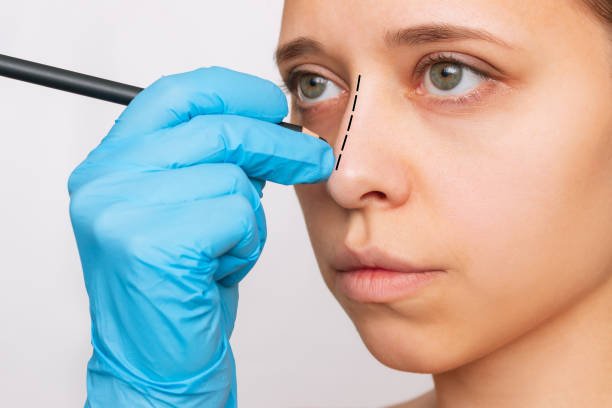
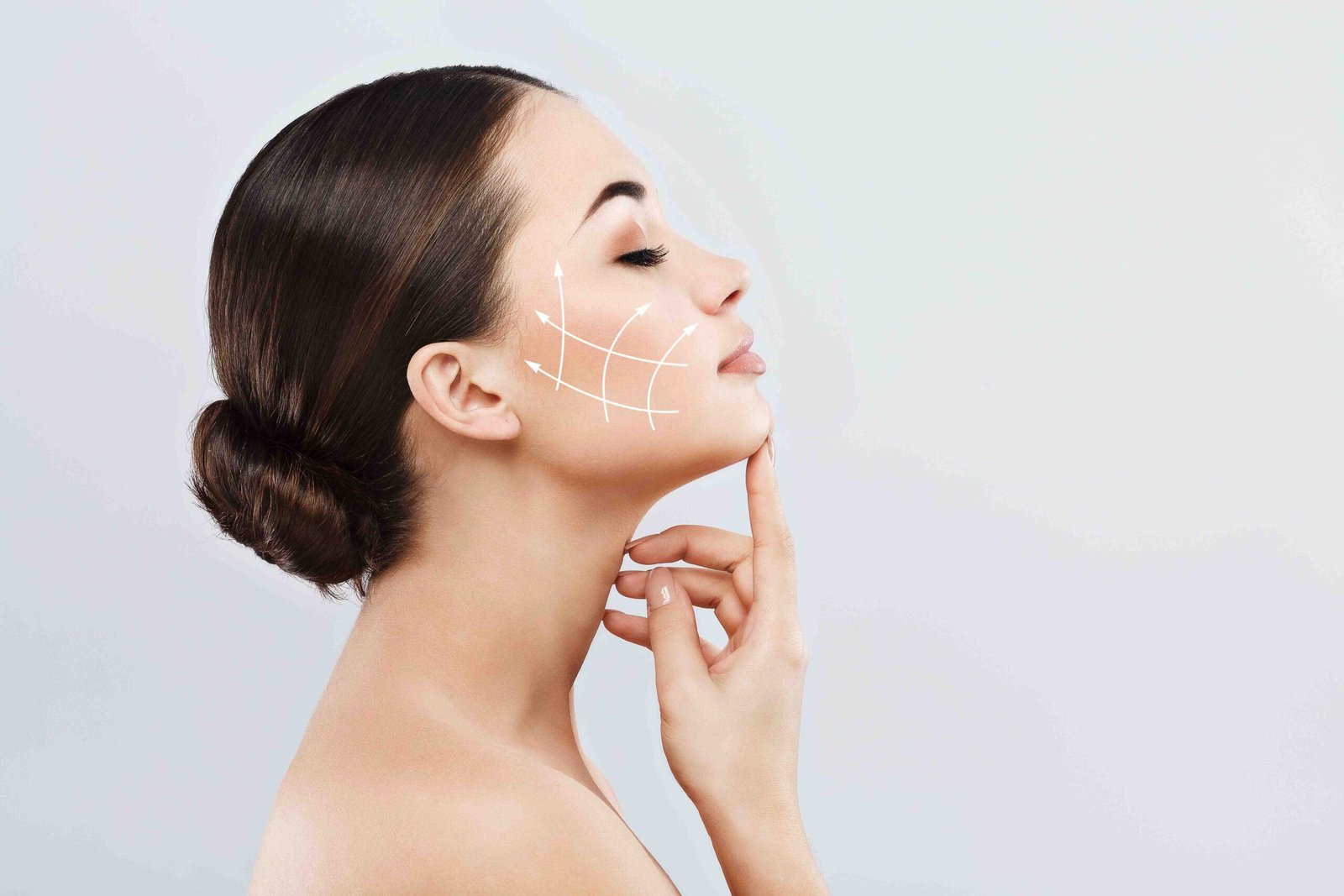
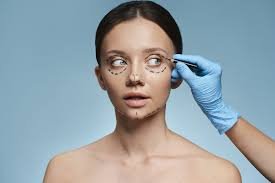




Leave a Reply